Like humans, plants interact with the individuals around them. If the people around you are more susceptible to infection, your own risk of infection increases, and vice versa, the same is true for plants. When different genes from the same plant species are mixed and grown together, some combinations are more resistant to pests and diseases. This positive biodiversity effect is called linked resistance.
One of the major challenges facing modern society is to reconcile food security with environmental protection and biodiversity. Pests pose a serious threat to crops, making chemical agents such as pesticides important in agricultural production. However, pesticides can reduce insect biodiversity.
So the question is, which combinations of plant genotypes should be grown together to be effective in fighting pests? If two genotypes are chosen from a total of 199, there are 19,701 possible combinations. Researchers at the University of Zurich have now developed new genomic prediction methods using physical models to analyze interactions between individuals at the genetic level.
Until now, there has been no way to analyze which genomic regions support interactions like resistance linkage between neighboring plant individuals. Therefore, the research team developed a new analysis method called Neighbor GWAS.
This method applies a model used in physics to analyze interactions between neighboring plant individuals, assessing the damage caused by herbivory when individuals with a specific genetic DNA sequence are placed next to each other, based on the results of field experiments.
Analysis using the new method revealed that many genes were involved in interactions with neighboring individuals. Using machine learning, the researchers were able to predict herbivore damage and identify beneficial genotype combinations with predicted associated resistance.
The team conducted another large-scale field experiment over two years, growing approximately 2,000 individual plants in pairs of genotypes with three different predicted levels of joint resistance. The results of this experiment showed that, compared with growing a single genotype, mixing two genotypes reduced herbivore damage by 24.8% and 22.7% for the highest and second highest levels of joint resistance, respectively.
Source: https://www.mard.gov.vn/Pages/su-dung-da-dang-bi-hoc-thay-vi-thuoc-tru-sau-co-the-lam-thiet-hai-tu-con-trung--.aspx


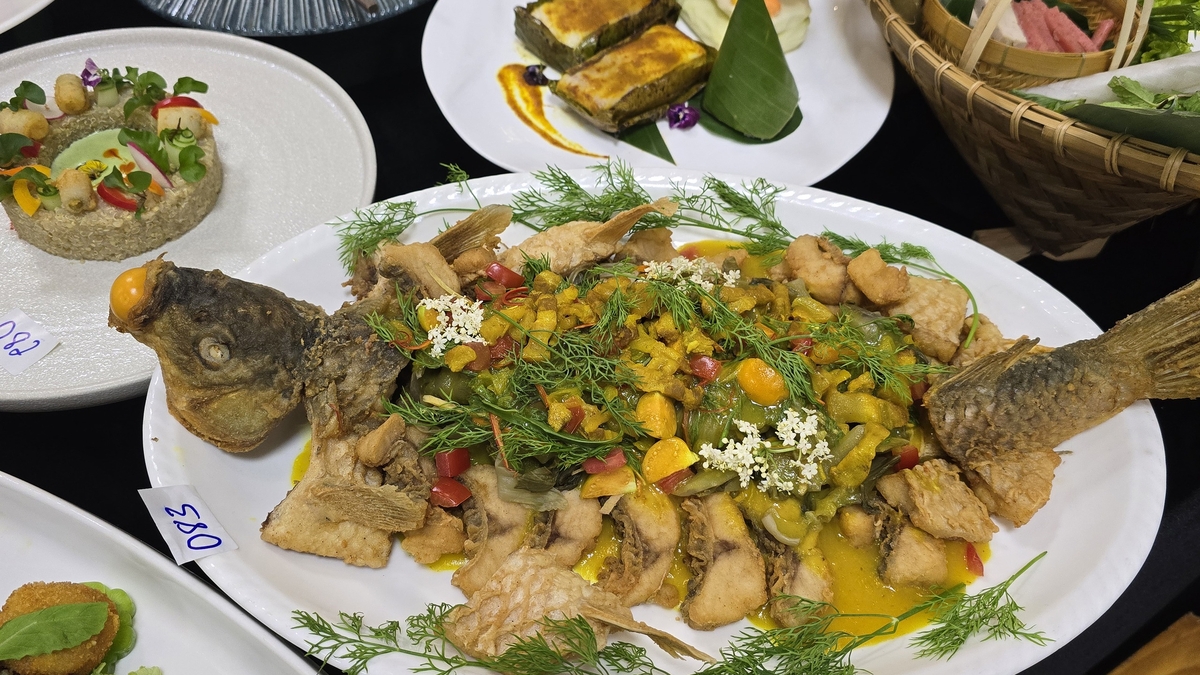

![[Photo] Prime Minister Pham Minh Chinh and South African President Matamela Cyril Ramaphosa attend the business forum](https://vphoto.vietnam.vn/thumb/1200x675/vietnam/resource/IMAGE/2025/10/24/1761302295638_dsc-0409-jpg.webp)
![[Photo] President Luong Cuong chaired the welcoming ceremony and held talks with United Nations Secretary-General Antonio Guterres](https://vphoto.vietnam.vn/thumb/1200x675/vietnam/resource/IMAGE/2025/10/24/1761304699186_ndo_br_1-jpg.webp)
![[Photo] Solemn funeral of former Vice Chairman of the Council of Ministers Tran Phuong](https://vphoto.vietnam.vn/thumb/1200x675/vietnam/resource/IMAGE/2025/10/24/1761295093441_tang-le-tran-phuong-1998-4576-jpg.webp)

















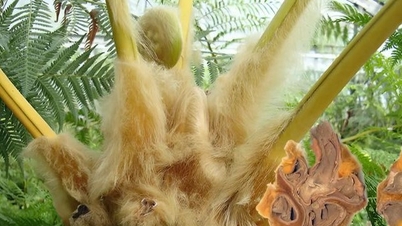
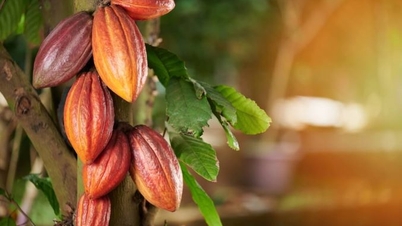




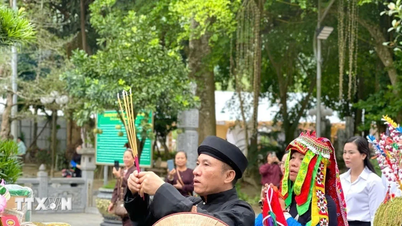
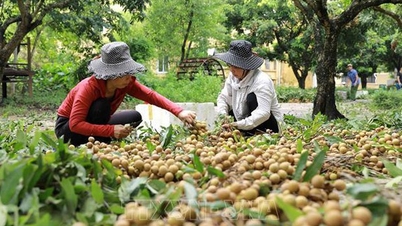


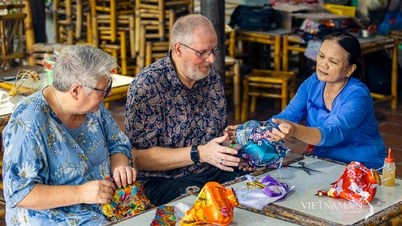









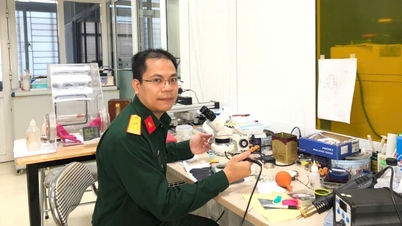

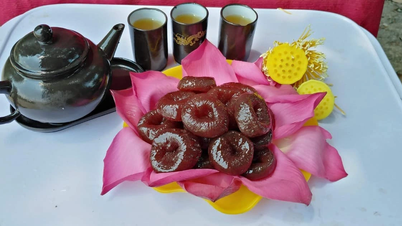









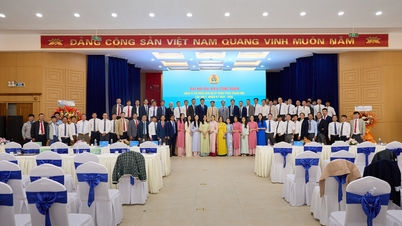








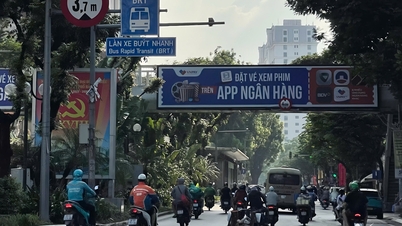









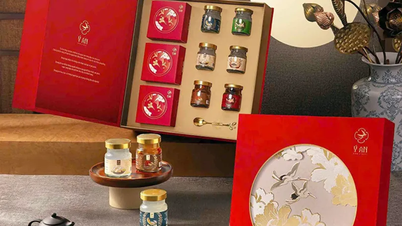





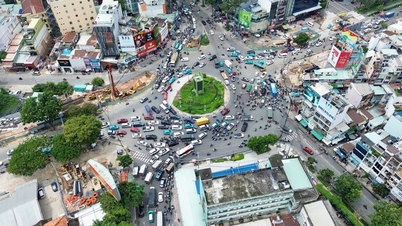


















Comment (0)